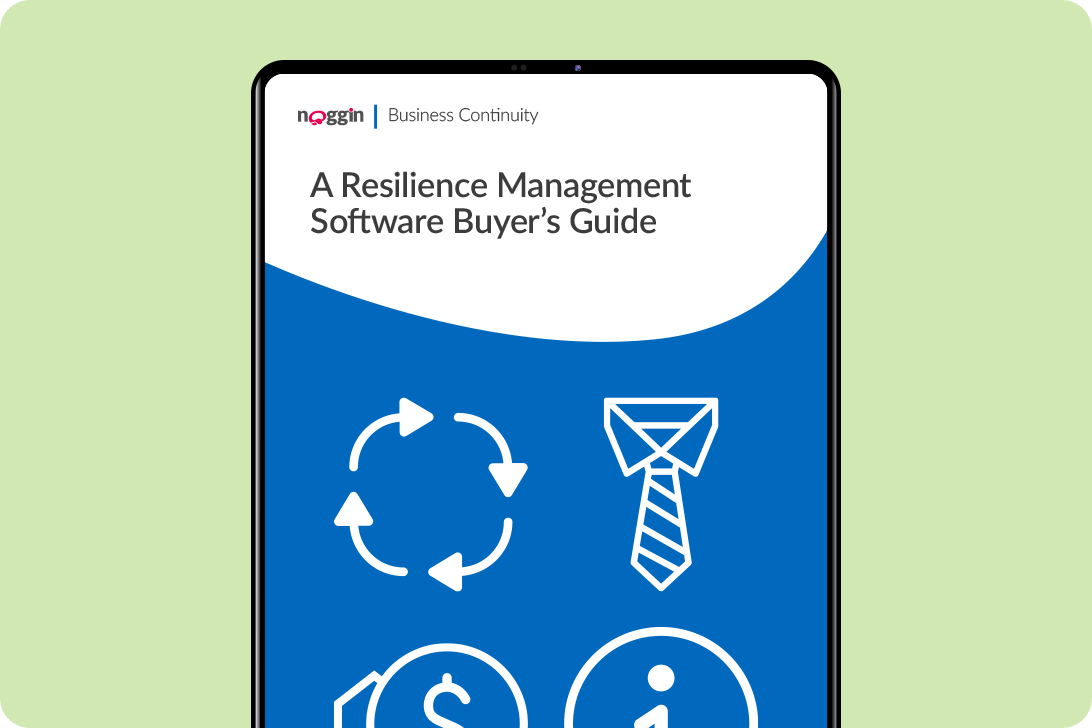Major Factors to Consider in Crisis Management Planning
What matters in your crisis preparation efforts? Well, understanding the stages of crisis management, for starters. Those, of course, include pre-crisis, crisis response, and post-crisis recovery. It’s during the vital pre-crisis stage that your crisis management team will undertake the bulk of its crisis management planning, putting in place the processes and procedures to deal with the effects of disruptive incidents.
Things aren’t always that cut and dried though. During the pre-crisis phase, teams often find themselves at a loss, unsure how to actually begin crafting their crisis management plans. For those teams, the question, what factors matter most, often proves the most difficult to answer. It’s natural then to shy away from asking the tough questions, but the outcomes will suffer. That’s why we’ve taken the liberty to lay out a couple of major factors to consider in crisis management planning:
- What are your goals? Sounds elementary. But you’d be surprised how many teams commit pen to paper on their crisis management plans without first having a firm grasp on the objectives of the initiative. From the get go, teams need to be asking: what does success look like? What KPIs will we be tracking? You get the picture.
- What are your crisis risk factors? If you can’t answer those questions immediately, that’s ok. Some of your responses will actually depend on the results of the vulnerability audit you perform.
- What’s a vulnerability audit? Here’s how crisis management expert, Jonathan Bernstein puts it: “A vulnerability audit is a thorough self-inspection designed to identify potential crises before they occur and pave the way for creation of a crisis communications plan which will allow an organization to avoid, or at least minimize, the negative impact of such crises.”
So in other words, it’s a cross functional risk assessment you’ll undertake to determine areas of operational weakness and come up with solutions. The purpose of the audit is to uncover current and potential threats in a variety of forms: those arising from your normal operations, those most common in your industry, as well as unexpected external events.
Another objective of the risk assessment is to develop a list of potential crises and to rank them in order of likelihood of occurring and associated costs of dealing with the impact. If you’re building a new (or reevaluating an old) crisis management plan after the conclusion of a crisis, use the crisis post-mortem to inform your risk assessment.
---
For more great resources from Noggin, visit our Resources Center.



